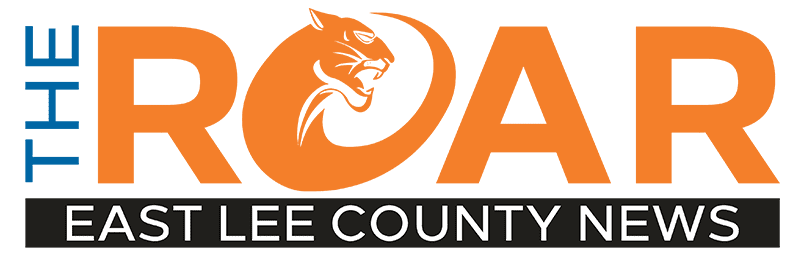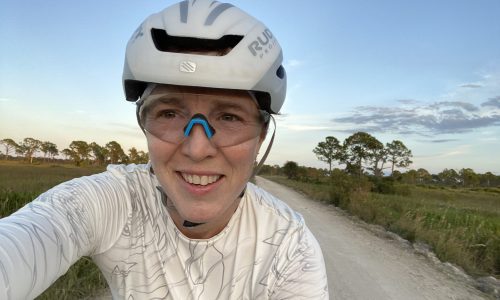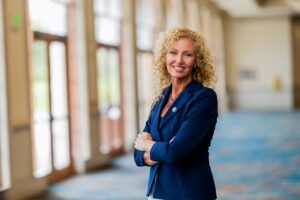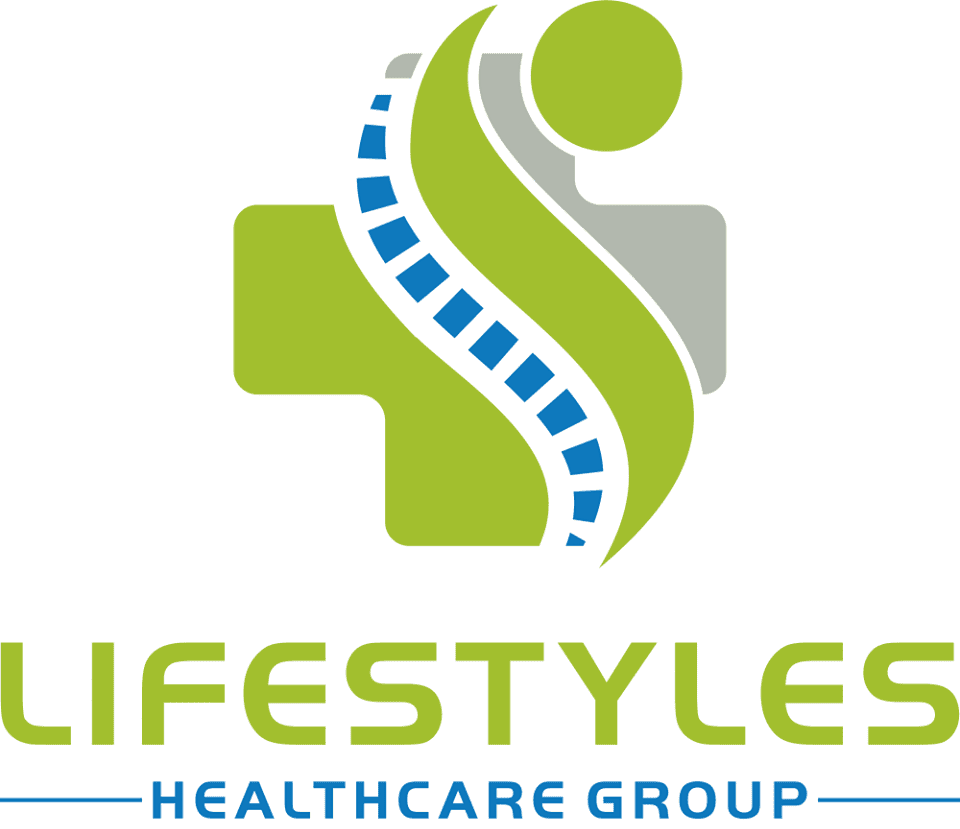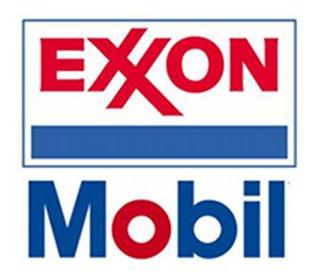By: Terri Lewis
Are you tired of sitting in traffic jams? Tired of water quality issues? Boil water notices? Tired of double-digit property tax and insurance increases? Tired of double-digit water rate increases? Are you concerned about the loss of wildlife and green space? Angry about living next to a landfill? Worried about future tax and service price increases? Lee County needs to embrace Smart Growth vs Growth.
Smart Growth drives proactive planning and includes a financial assessment of the options, like a family budget or a business investment. Lee County is growing. The numbers projected for the population are around 1.2 million, up from the current population of ~ 800,000. This isn’t new as this has been the projected growth since about 2005.
So, what would embracing Smart Growth mean? Smart Growth is an urban planning process that prioritizes the long-term vs the short-term. It assumes there will be growth, but must be managed intentionally, comprehensively, and with a structured fiscal plan. The ten concepts behind Smart Growth1 are the following:
- Mix land uses
- Take advantage of compact design
- Create a range of housing opportunities and choices
- Create walkable neighborhoods
- Foster distinctive, attractive communities with a strong sense of place
- Preserve open space, farmland, natural beauty, and critical environmental areas
- Direct development towards existing communities
- Provide a variety of transportation choices
- Make development decisions predictable, fair, and cost-effective
- Encourage community and stakeholder collaboration in development decisions
The last two concepts embrace fiscal planning (and transparency) as necessary for residents to weigh in…because they ultimately pay for the services and taxes. Below are a couple of examples.
Currently, Lee Country residents (per TomTom, the GPS navigation and location data business) spend an average of six working days in traffic congestion per year. That’s a significant loss of productivity for the workforce and a considerable cost burden for workers.
Let’s take a specific example of Emma, who drives from Lehigh Acres to downtown Fort Myers for work, where she makes $22 an hour. Her travel time is 45 minutes, sometimes an hour. We’ll be optimistic and use 45 minutes:
EMMA’S TRAVEL TIME/DAY
= 1.5 hours
= 30 hours of travel per month
x $22 earnings per hour
= $660 salary per month
x 12 months
= $7,920 year in lost earnings due to travel
Add to that the costs of fuel, maintenance and car insurance (where Lee County has some of the most expensive auto insurance rates in the state, Florida ranks consistently as 3rd highest in the nation). There is a real problem for Emma and many others to be able to afford a car. While there is a lot of talk about Workforce Housing, what about Workforce Transportation?
Captains for Clean Water and the Sanibel Conservation Foundation and Conservancy of Southwest Florida released the impact of poor water quality on the economy. For Lee, Charlotte and Collier counties, another harmful event of algae blooms or red tide would have a negative impact on 43,000 jobs, $17.8 Billion in decrease in property values and a loss of $60M in property tax revenue.
In Lee County we have urban sprawl, which is unrestricted growth. Pundits will say, “people are wanting to move here and they have the right to a single-family home”. That is true, but land use decisions can provide housing options without the negatives of sprawl.
What exists in Lee County is new residential land use, further and further from work, schools, and services, subsequently residents need to drive further because there are no other transportation options. Roads are widened and water infrastructure is put in place. This is sprawl, and it is expensive.
A study done by Sustainable Property in 2015 puts the tax and service cost comparisons, per household, of the following services for Urban vs Suburban2.
In recent news, there are concerns resonating from citizens all across Lee County about the downsides of urban sprawl; loss of wildlife and green space, noise, air pollution, boil water notices, congestion, red tide, etc. These issues are leading indicators to the costs that will ultimately need to be paid for by residents; either in increased taxes, loss of property values, price increases for services, loss of time, or health issues. While we may not have experienced the full financial impact now, it will be a risk for further generations. Most roads need to be replaced in 30 years. How will that be paid for?
Smart Growth America is the thought leader organization in the United States, summarizing Smart Growth as: “We envision a country where no matter where you live, or who you are, you can enjoy living in a place that is healthy, prosperous, and resilient.”
Urban3 is an organization that helps communities model their expenses and revenues, asking if land use, fee structures and tax policies are poking holes in your budget bucket. They “help your community see the economic impact of varying types of development within the same market, allowing you to understand and choose your best future.” There is a growing group of businesses and residents who want this level of fiscal clarity to be able to engage in prioritizing capital improvements and make informed community design decisions. Everyone in Lee County has a say. Make your voice heard.
Lee County needs Smart Growth.
REFERENCE
1 Smart Growth America, “What is Smart Growth?”, https://smartgrowthamerica.org/what-is-smart-growth/
2 https://archinect.com/news/article/122203711/the-true-costs-of-sprawl
3 Urban3, “Urban3 Brings Financial Intelligence to Your Community”, https://www.urbanthree.com/about/
ABOUT TERRI LEWIS
Terri Lewis, BSEE, MBA, is Director of Planet Connected, an Industrial Technology Consulting organization based in Fort Myers. She is currently pursuing a Masters of Science in Civil Engineering – Smart Cities from the University of Central Florida.
Email Terri at press@eastleenews.com

